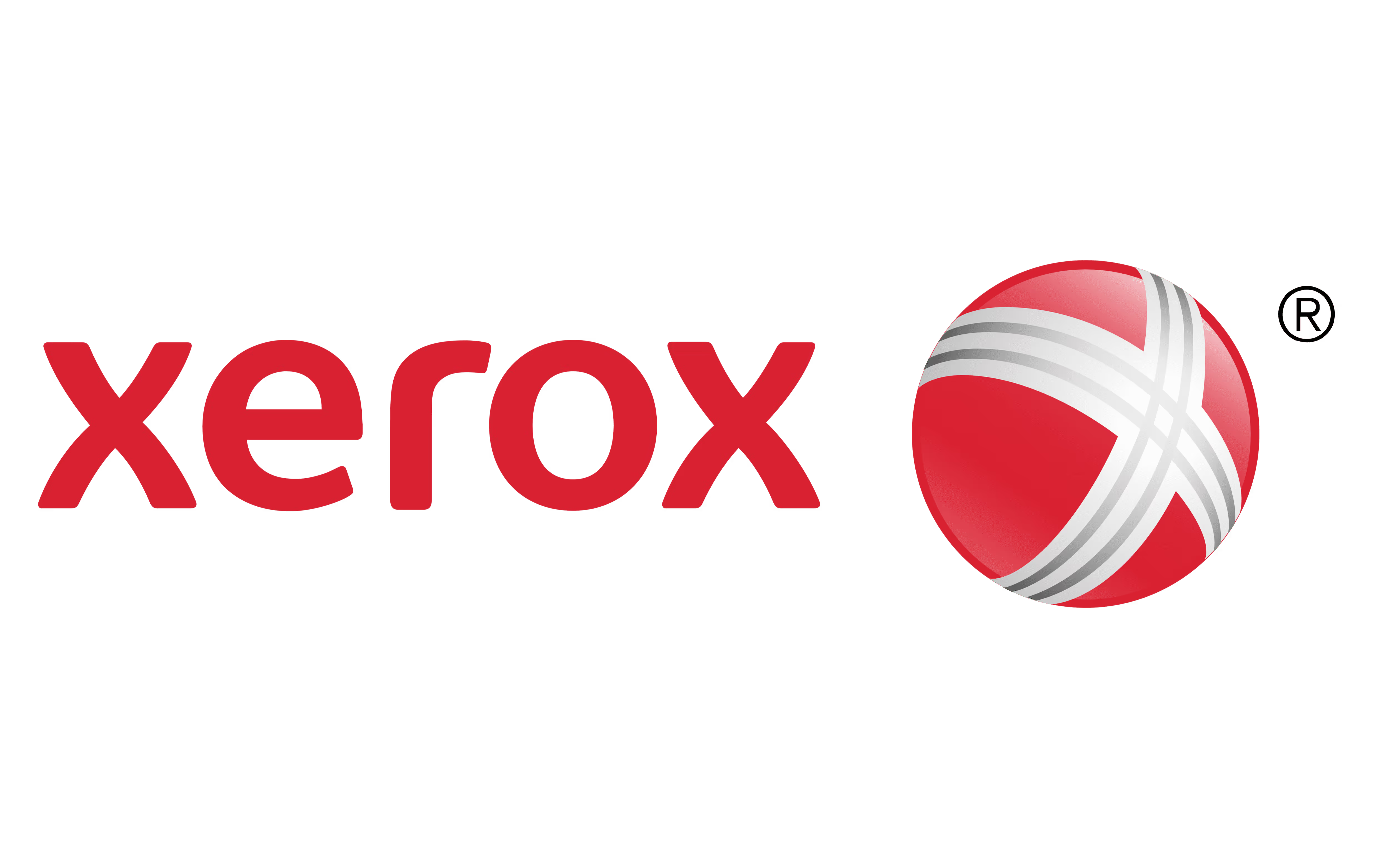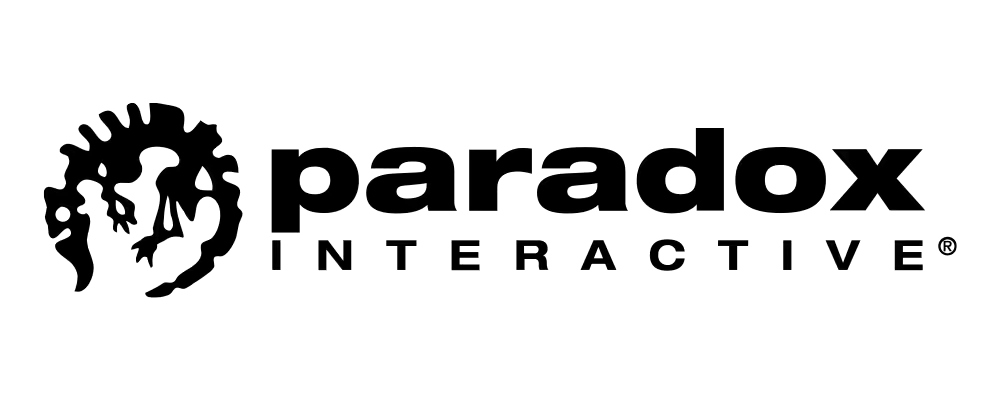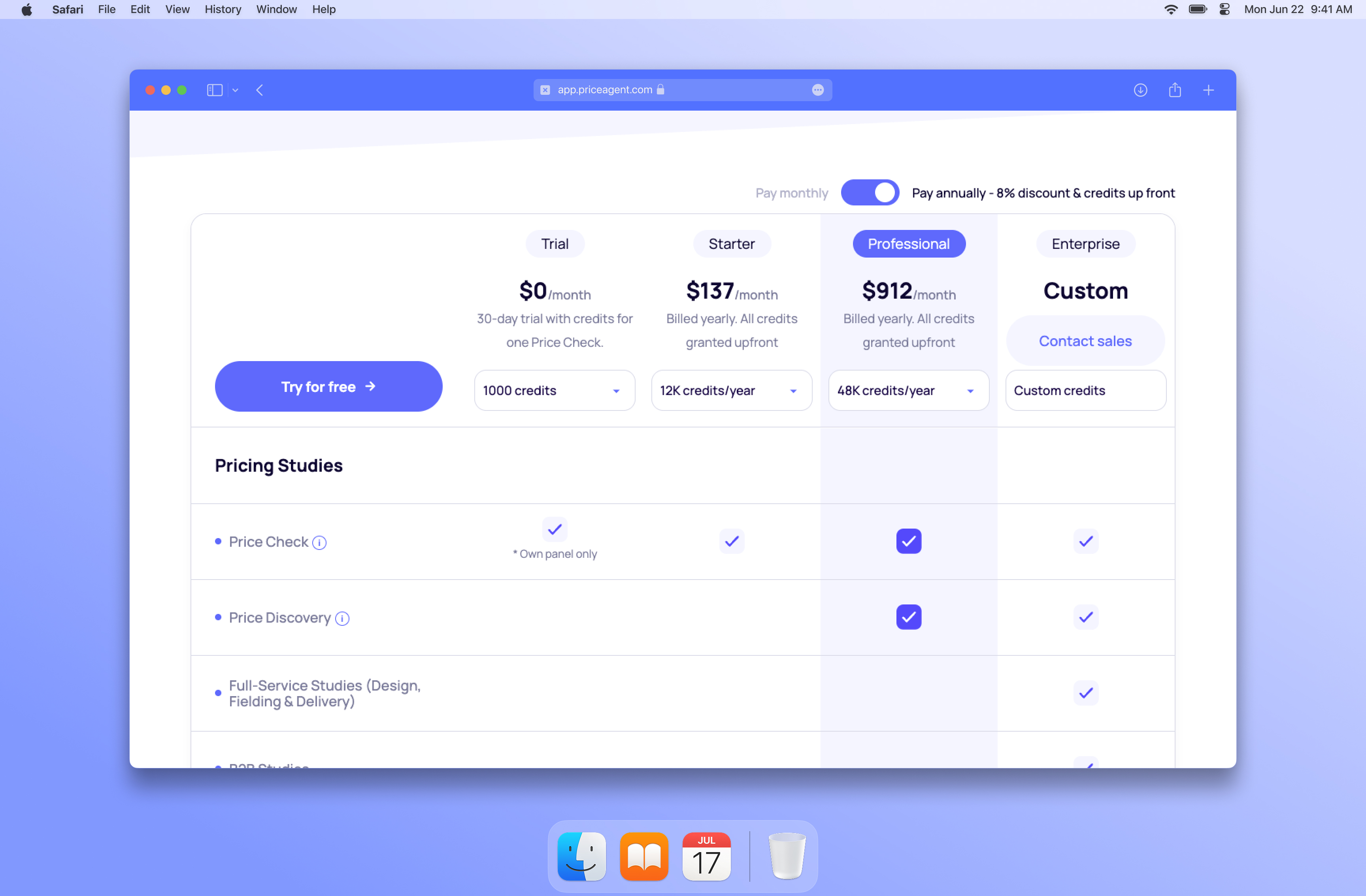Make pricing your advantage
Run AI-powered pricing studies with verified buyers, giving you the confidence to set prices that drive sales, profit, and growth.



Trusted by 1.500+ companies world wide






















Results that speak volumes
Customers often see 10x ROI in months. Our studies typically point to a 15% revenue lift without losing volume. When teams use the insights, the results show up quickly.
Pricing precision. Driven by willingness to pay.
See exactly who will pay what
Get the full demand curve and see how different buyers react at every price point.
Know your most profitable prices
Find the prices that maximize revenue. Make confident, data driven decisions that capture your full revenue potential.


Built for every pricing moment

Product Teams
See how customers value features, tiers, and variants so you build and price with confidence.
Validate product launches
Test feature value drivers
Find adoption barriers

Marketing teams
See how different buyers respond across segments, features, and channels.
Test positioning
Optimize promotions
Adapt pricing by channel

Leadership & Strategy
See how pricing shapes demand and revenue so you can make faster, clearer strategic calls.
See revenue impact
Model risk & thresholds
Validate big moves
From setup to insight in under an hour
Conduct pricing studies in just a few hours to understand current and future demand based on real willingness to pay. No complex setup or external assistance is needed. Just reliable pricing data you can trust.




A platform built for fast, confident pricing
Built on more than 10 years of pricing experience and powered by PDE, our Predictive Demand Engine™, Priceagent gives companies a simple, repeatable way to run pricing. Fast, clear, and uniquely grounded in how your market actually behaves.

Price Check
Fast, focused pricing intelligence across any product, audience, or moment.

Price Discovery
Deep pricing intelligence that reveals how demand changes across features, channels, and competitors

Price Pulse
AI-powered insights layer that automates your analysis and surfaces the insights that matter.
Don’t take our word for it.
See what our customers say.
Frequently asked questions
What does Priceagent do?
Priceagent is the world’s first SaaS platform built to help businesses make smarter, faster, and more profitable pricing decisions based on customer willingness to pay. Powered by a proprietary algorithm refined over 10 years, Priceagent captures real-time customer insights and visualizes the full demand and revenue curve—uncovering key price walls and plateaus to deliver precise, actionable insights.
Who benefits from our service?
Our services benefit companies looking to raise prices without losing customers, expand into new markets with different buying dynamics, or set the right price for a new product or service. Businesses can also use our insights to assess their position against competitors, refine marketing messages, and identify the most valuable customer segments. We help companies fix underperforming products by understanding what drives purchases and at what price. For businesses considering an upgrade to their service, we validate demand and determine how much customers are willing to pay.
How can a company be confident in the accuracy?
Priceagent is built on a decade of real-world pricing expertise, with a proprietary algorithm refined through 2.000+ successful projects. Trusted by over 1.500 global companies across industries, we deliver predictive insights with unparalleled precision.
Our approach is backed by millions of data points on customer willingness to pay. Many clients run multiple studies, and not a single company has ever rejected our results or questioned their accuracy. With PriceAgent, you take control of your pricing decisions, backed by a globally tested, proven methodology.
Does Priceagent’s method always work?
Yes, every time.
Are you GDPR compliant?
We do not store any personal information about the respondents in our studies.
What additional insights does Priceagent provide?
Priceagent delivers insights beyond pricing, such as which product benefit drives the highest price, where and when customers prefer to buy, and how pricing varies across demographics, seasons, and sales channels. It can also reveal which customer segment is willing to pay the most and which product attribute maximizes revenue, even comparing pricing potential across different platforms like Facebook and Instagram.
How is Priceagent different from other pricing services?
Priceagent replaces outdated pricing research that relies on competitor pricing, data mining, and historical sales. Traditional methods assume competitors price correctly and that past data predicts future behavior, both often wrong. Making decisions based on these can lead to costly mistakes.
Instead, we use real people and real demand to measure willingness to pay, giving you precise, forward-looking insights at a fraction of the cost of traditional market studies. You stay in full control, running studies yourself and getting answers in hours. With PriceAgent, you can continuously measure and adjust your pricing, ensuring you always stay ahead.
Can i trust the respondents in the studies and who are they?
We have real-time access to over 300 million people across 130+ countries, ensuring a diverse and relevant respondent pool for every study. To maintain data quality, each respondent undergoes multiple layers of verification before participating. AI-driven fraud detection screens out bots, duplicates, and low-quality responses, while secure survey connections prevent manipulation. Third-party fraud prevention adds another layer of security, ensuring only real and engaged individuals take part.
Beyond this rigorous quality controls, respondents go through qualification and disqualification steps at the beginning of each survey to ensure they match the target audience. Typically, 40%–60% are disqualified upfront, with another 10%–15% removed in post-processing for inconsistent or unreliable answers. This guarantees that only a statistically significant and trustworthy set of respondents remains, providing precise and reliable insights.
What ROI can i expect?
It depends on your sales volume and current pricing, but our studies typically reveal a 15% revenue increase potential without losing sales volume. A common rule of thumb is that businesses gain at least ten times our fees within 12 months of implementing our recommendations.
What method do you use to measure willingness to pay?
Priceagent utilizes a method that has been developed for many years. We have made enhancement to the popular Van Westendorp Price Sensitively Meter (PSM); the questions are asked in context of purchasing. These questions are also dynamic and can change with specific respondent. The analytic side of the PSM is also enhanced, leading to at least an order of magnitude better precision of the results. To achieve this, we developed our own software which we call our Predictive Demand Engine™. The use of proprietary software also substantially speeds up the analytic process and reduces cost.
The pricing platform behind thousands of successful companies














